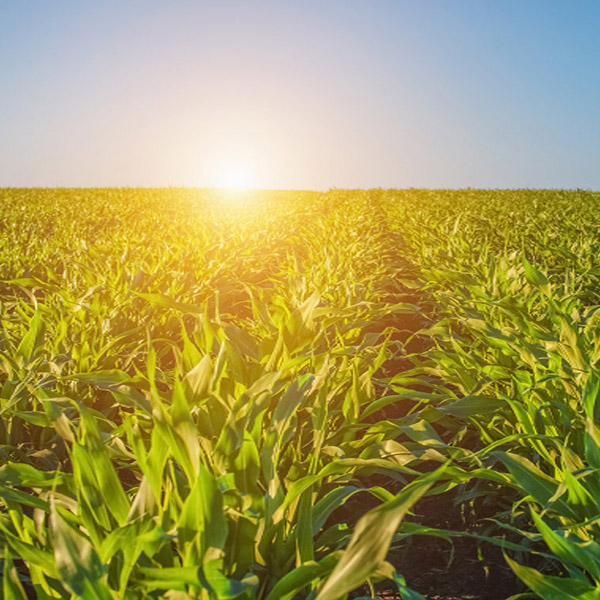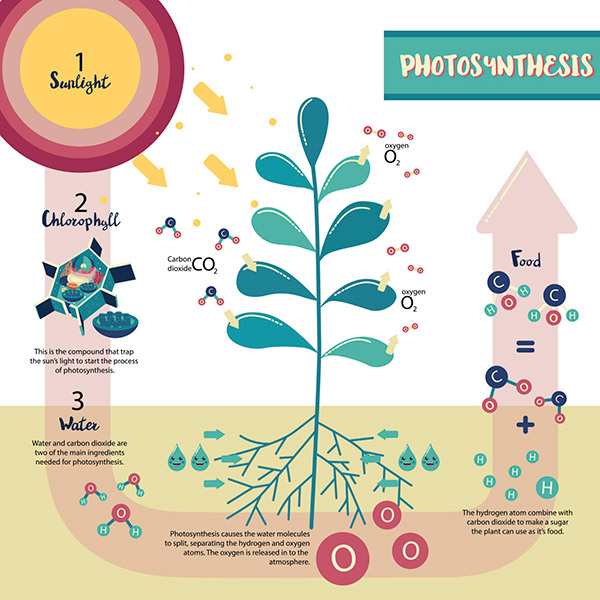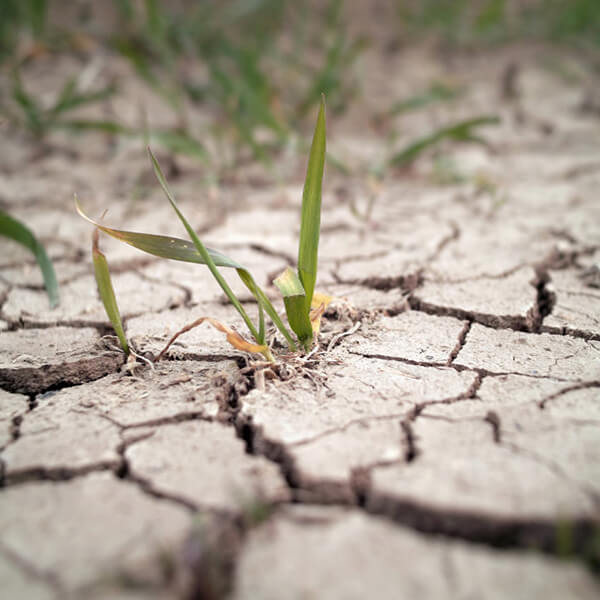Plant physiology is the study of a variety of biological processes and functional activities occurring in plants. These processes include many aspects like photosynthesis, plant nutrition, respiration, function of plant hormones and pigments, photomorphogenesis, circadian rhythms, environmental stress, seed germination, transpiration, and plant water relations.
Plants have the ability to convert sun energy into organic compounds, which are the primary food source in all ecosystems. Screening for plant varieties with enhanced tolerance against biotic (e.g., diseases) and abiotic (cold, drought, salt) stresses is one important goal of plant breeding. The study of plant physiology process is essential for plant breeding, as it accelerates the selection and achievement of varieties with high yield and great nutritional values, which plays an indispensable role in crop improvement.
Lifeasible, as one of the most innovating plant biotechnology companies in the world, offers a wide array of plant physiological trait analysis services under normal and stress conditions. Our skilled scientists and experts have contributed decades of dedicated work for the exploration and optimization of advanced methods and technologies for plant physiological trait analysis. Both high-throughput and conventional analysis technologies are available, adapting to the diverse requirements of our customers.
High-throughput phenotyping refers to high-throughput approaches for automated and remote trait sensing, data acquisition, as well as data analysis in a non-invasive manner. These technologies can provide morphological, physiological, and environmental data with high temporal resolution and precision. The obtained data are valuable for both plant breeding and plant biological researches. High-throughput phenotyping relies on diverse imaging techniques including digital RGB imaging, 3D laser scanning, thermal infrared (IR) imaging, multi- and hyper-spectral imaging, fluorescence imaging, and so on.
Measurement of Traits Regarding Plant Photosynthesis and Water Use
Photosynthesis is a process in which green plants use energy from the sun to transform water, carbon dioxide, and minerals into oxygen and sugar. Opposite to photosynthesis, the respiration process utilizes the sugar and oxygen to produce energy for plant growth. Stomatal conductance controls both the water loss from plant leaves (called transpiration) and the uptake of CO2 for photosynthesis. The water use efficiency represents the ratio of carbon assimilation to water loss, and is an important parameter for the primary metabolism of plants. Therefore, the analysis of these traits is important for the evaluations of plant growth, development, metabolism, and cell processes. These data can be attained by some portable photosynthesis systems such as LiCor-6400, Li-6800, CI-340, and so on.
Plant Stress Response Indicators Analysis
Plants adapt to a variety of stress, such as cold, drought, salt, etc., by regulations of their physiological processes. Development of plant varieties with strong stress tolerance is an important approach for crop improvement. At Lifeasible, we not only offer the conventional photosynthesis and water use parameters measurements, but also provide stress resistance indicators analysis (e.g., catalase (CAT), superoxide dismutase (SOD), peroxidase (POD), malonaldehyde (MAD), soluble sugar/protein, starch, proline, chlorophyll, leaf relative electrical conductivity analysis, etc.).
Lifeasible has established a one-stop service platform for plants. In addition to obtaining customized solutions for plant genetic engineering, customers can also conduct follow-up analysis and research on plants through our analysis platform. The analytical services we provide include but are not limited to the following:
STU-CRISPR System Improves Plant Genome Editing Efficiency
April 19, 2024
Application of Exosomes in Facial Beauty
April 12, 2024


